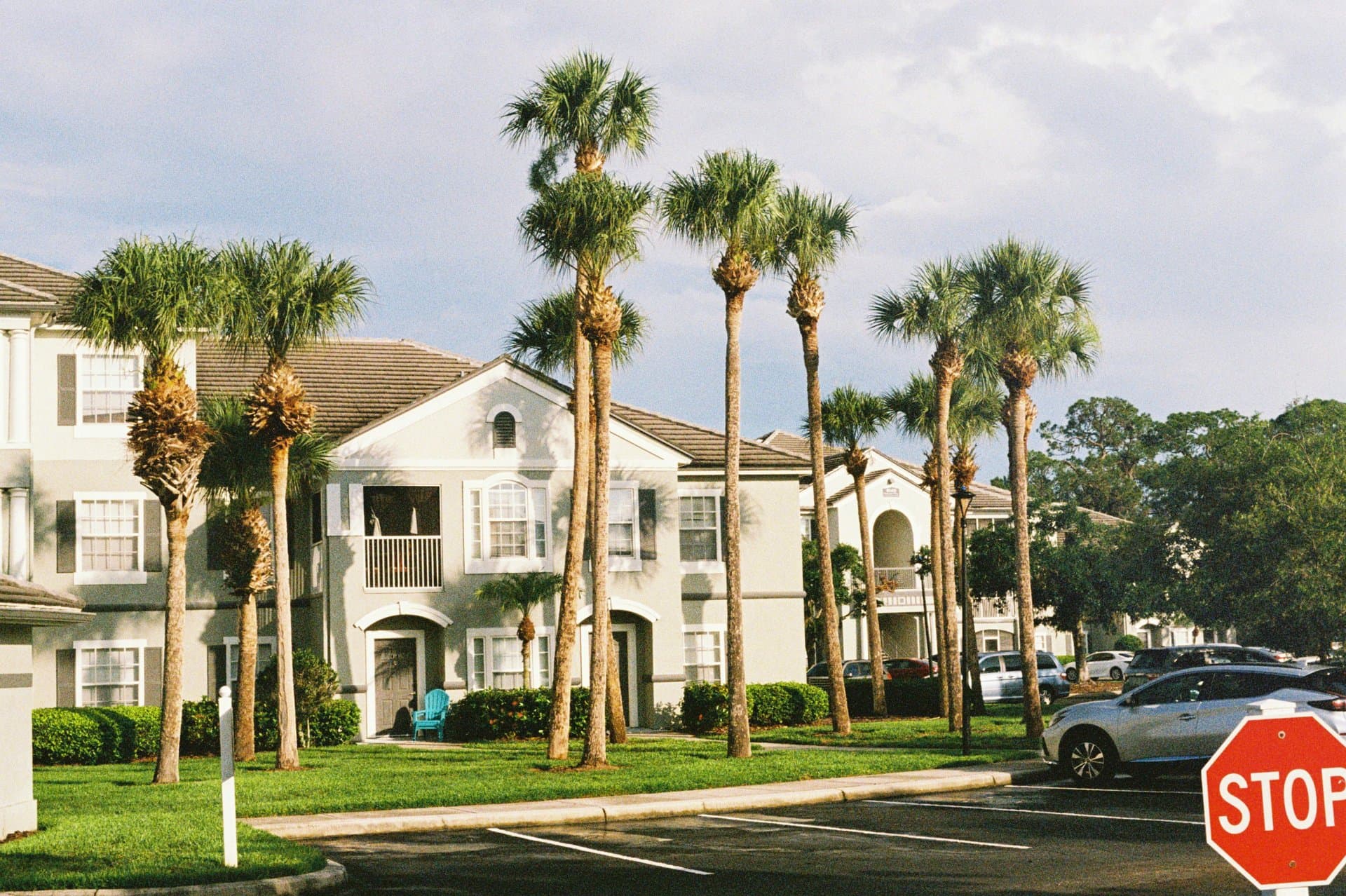Florida Housing Market 2025: Cooling Trends and Buyer Opportunities
Explore Florida's 2025 housing market cooling, shifting buyer dynamics, and regional disparities. Discover actionable insights on price trends, inventory shifts, and what this means for buyers and sellers today.

Key Takeaways
- Florida’s housing market cooled sharply in 2025 after pandemic highs
- Home prices declined over 4% year-over-year, averaging $384,800
- Inventory rose to a 5.6-month supply, highest in two years
- Regional disparities show price drops in exurbs, stability in coastal areas
- Higher mortgage rates and rising insurance costs dampen buyer demand

Florida’s housing market was the belle of the ball during the pandemic, drawing waves of buyers chasing affordable living and sunshine. But by mid-2025, that red-hot market has cooled dramatically. Home values, which once soared, have dipped over 4% year-over-year, settling around $384,800. Inventory is swelling, with a 5.6-month supply signaling a shift from frantic bidding wars to patient browsing. Regional differences paint a complex picture: while cities like Miami and Sarasota hold steady, places like Cape Coral and Lakeland face sharper price drops. This article unpacks the 2025 Florida housing market’s cooling trend, revealing what buyers and sellers need to know to navigate this evolving landscape.
Understanding Market Cooling
Remember when Florida’s housing market was the hottest ticket in town? That fever has broken. After the pandemic-fueled surge in 2021 and 2022, home prices have softened, dropping over 4% year-over-year to about $384,800 by mid-2025. It’s like the market took a deep breath after sprinting. Inventory, which had been tight, has expanded to a 5.6-month supply — the highest in two years. This means more homes are sitting on the market longer, averaging 49 days before selling, a stark contrast to the rapid sales frenzy of pandemic days. Buyers who once faced bidding wars now stroll through open houses with less pressure, sometimes even finding agents waiting patiently in kitchens, as Bankrate’s Jeff Ostrowski observed in North Port-Sarasota-Bradenton. The cooling isn’t just a local Florida story; it reflects a broader shift as higher mortgage rates and rising costs temper buyer enthusiasm nationwide.
Exploring Regional Disparities
Florida’s housing market isn’t a monolith — it’s a patchwork quilt of winners and laggards. Coastal cities like Miami and Fort Lauderdale still show slowed growth but hold their ground with median prices around $560,000 and $530,000 respectively. Meanwhile, exurbs and smaller metros such as Lakeland, Cape Coral/Fort Myers, and Osceola County face sharper price declines. These areas, once the darling of investor speculation and overbuilding, now wrestle with excess supply and softening demand. For example, Cape Coral-Fort Myers ranks as the coldest market nationally, with median prices dropping and homes lingering on the market. This regional divide underscores the risks of chasing the hottest trends without considering local fundamentals. Sarasota County and select Gulf Coast locales buck the downward trend, maintaining relative price stability thanks to ongoing migration and rental demand. It’s a vivid reminder that in real estate, location remains king.
Analyzing Key Market Drivers
What’s behind Florida’s housing market chill? Several forces converge. First, mortgage rates have climbed, putting a damper on affordability for first-time and move-up buyers alike. The sting of higher monthly payments nudges many to pause or rent instead. Second, soaring home insurance and property taxes add financial weight, squeezing budgets amid minimal wage growth. This cocktail dims Florida’s allure as a low-cost haven. Third, the pandemic boom sparked a construction spree, especially in secondary markets, leading to overbuilding. Now, with demand normalizing, that glut of investor-owned properties floods the market, dragging prices down. Finally, national trends show the Northeast gaining steam with limited inventory pushing prices up, while the Sun Belt, including Florida, cools off. This reversal challenges the myth that Florida’s housing market is perpetually a hotbed of growth.
Spotting Buyer Opportunities
For buyers, Florida’s 2025 market shift is a silver lining. The surge in inventory and longer days on market mean less frantic competition and more negotiating power. Price reductions are becoming common, especially in overbuilt exurbs, offering chances to snag homes below peak prices. However, patience is key — the market’s cooling means sellers are adjusting expectations, and deals may take time. Buyers with financing ready can capitalize on this buyer’s market, stepping in where others hesitate. Yet, it’s wise to weigh regional nuances: coastal cities may hold prices steadier, while inland areas offer deeper discounts but potentially slower appreciation. This environment busts the myth that you must buy immediately or miss out. Instead, it’s about strategic timing and local knowledge.
Navigating Seller Challenges
Sellers in Florida face a new reality in 2025. Gone are the days of quick sales and bidding wars; now, homes linger longer and price cuts are often necessary. Especially outside high-demand metros, sellers must embrace patience and realistic pricing. Overbuilding and investor sell-offs in some markets have flooded supply, intensifying competition. The rising costs of insurance and property taxes also weigh on seller decisions, as holding costs climb. This environment challenges the myth that sellers always hold the upper hand in Florida’s market. Instead, savvy sellers adjust strategies — staging homes to stand out, pricing competitively, and preparing for longer listing periods. Those who adapt will navigate this cooling market more successfully, turning challenges into opportunities.
Long Story Short
Florida’s housing market in 2025 is a tale of two realities: cooling prices and swelling inventories challenge the feverish pace of pandemic years, yet pockets of strength remain in coastal and urban hubs. Buyers now find more breathing room, with longer listing times and price reductions offering rare leverage. Sellers, especially outside prime metros, must temper expectations and embrace patience. Rising mortgage rates and soaring insurance costs have reshaped affordability, slowing migration and demand. Still, the market avoids a crash, instead settling into a correction phase marked by regional nuance. For those ready to act with clear eyes and steady financing, Florida’s housing market offers opportunity amid change — a reminder that in real estate, timing and insight are everything.